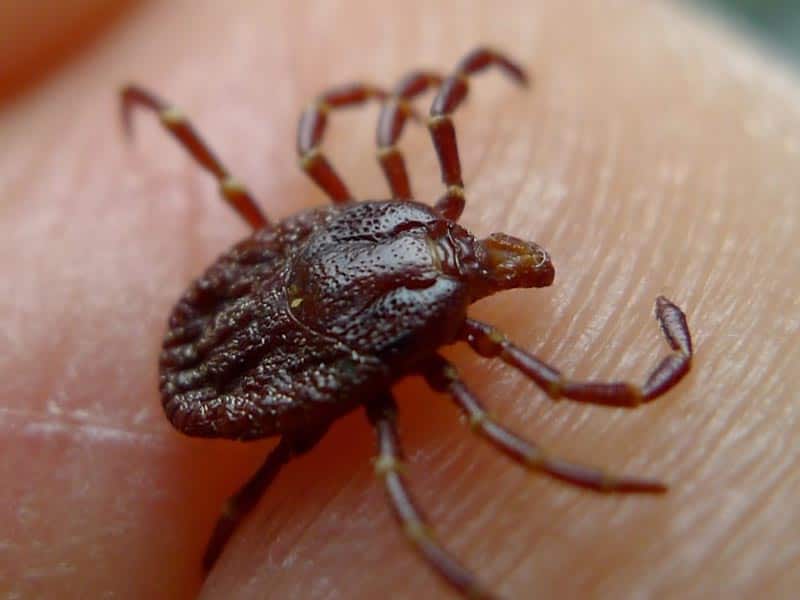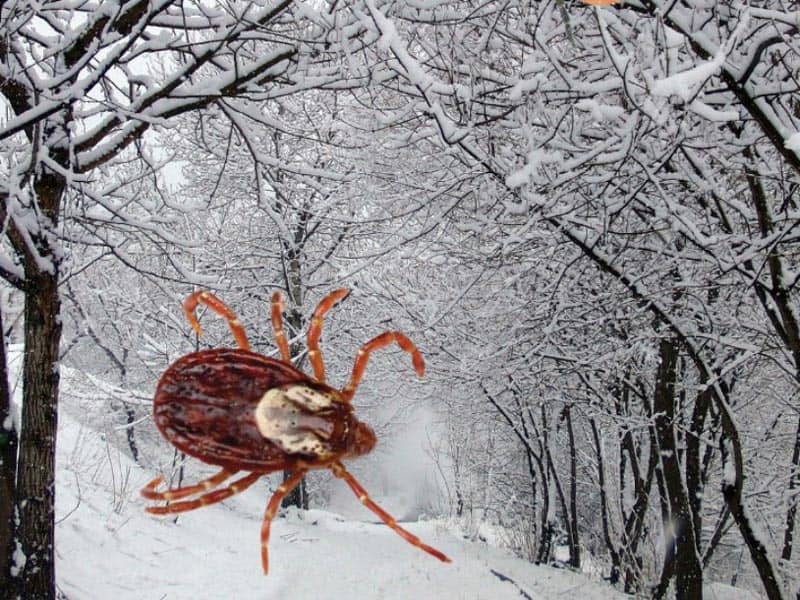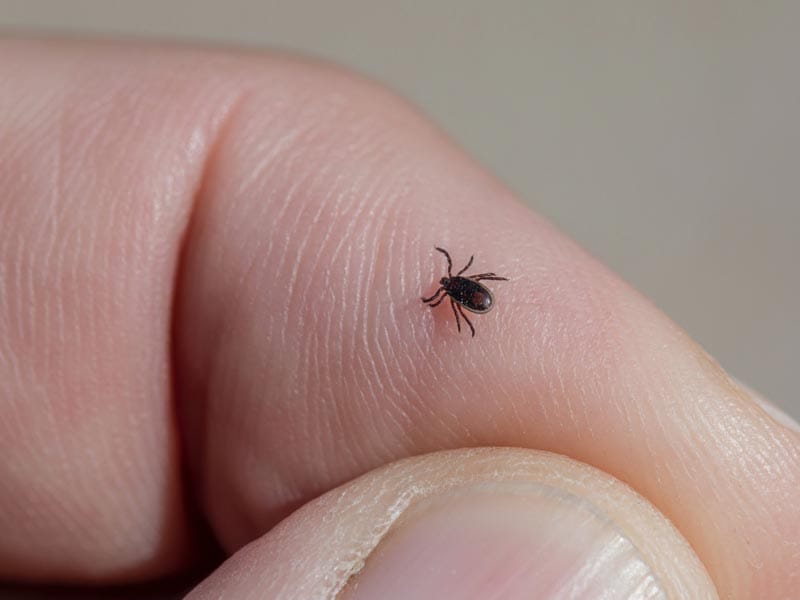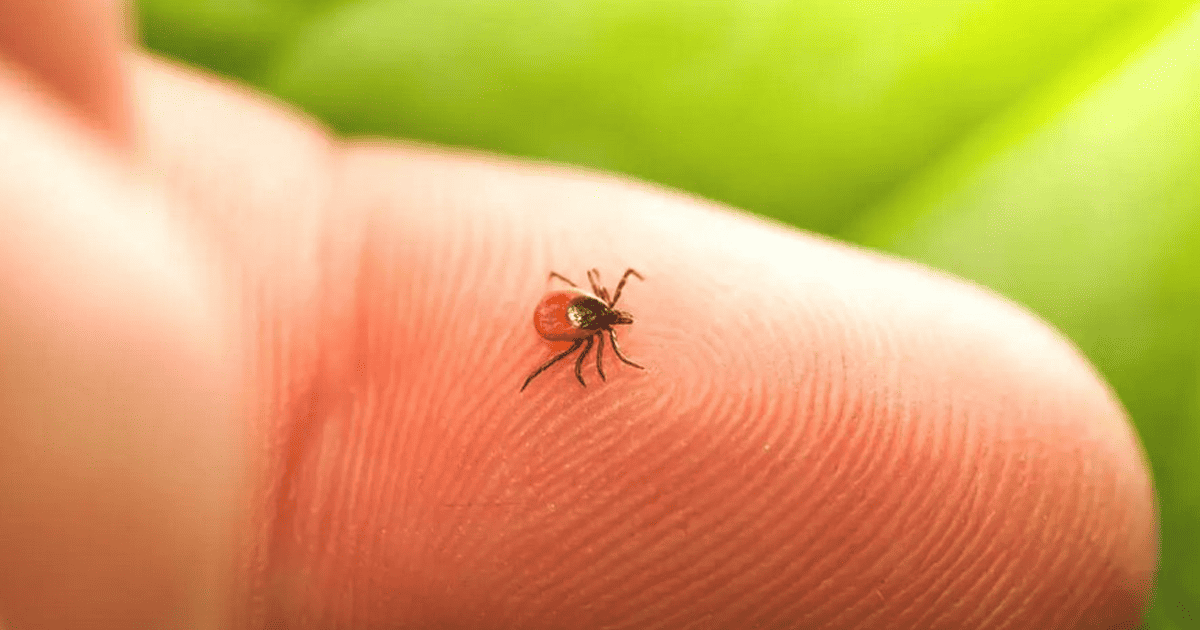Do Ticks Come Out In The Rain
Are you about to step outside, but it’s pouring? You might be questioning, ‘Do ticks come out in the rain?’ Your concerns are valid, as these little critters are known carriers of diseases.
Let’s analyze the behavior of ticks during wet weather, focusing on their survival techniques and interactions with humans and pets. Understanding these aspects can arm you with the necessary precautions to protect your loved ones and pets.
So, before you venture out next, let’s get to know these tiny creatures a bit better in the context of rainy weather.

Understanding Ticks and Their Lifecycle
Getting a handle on why ticks appear more frequently during rainy spells requires a bit of insight into their life cycle and how it’s influenced by the environment.
The journey of a tick, from egg to adulthood, is a testament to their resilience and adaptability, shaped by the ebb and flow of seasons and weather patterns.
This understanding can offer a glimpse into their behavior, such as their increased activity during wet weather. (Read Why Is My Faucet Water Cloudy)
Life Cycle of a Tick: From Egg to Adult
Gaining insight into the life cycle of a tick, from its initial stage as an egg until it matures into an adult, can provide valuable knowledge about its survival strategies, particularly during different weather conditions like rain.
Ticks go through three distinct phases – larva, nymph, and adult. They require a meal of blood to progress to the next stage. It’s worth noting that certain tick species are carriers of diseases transmitted by ticks, and the risk of transmission increases with each blood meal they consume.
Environmental Factors Influencing Tick Populations
When we examine the environmental conditions that impact tick populations, we gain a more profound insight into their life cycles. Ticks tend to flourish in humid areas and often appear in larger quantities after heavy rain.
Why? Because they can absorb the necessary water from the air, enhancing their chance of survival. This leads us to wonder, do ticks emerge during the rain? The answer is a resounding yes. Rainfall has a substantial influence on their activity and survival rates.
How Seasonal Changes Affect Tick Populations
Seasonal transitions can have a considerable influence on tick populations and their life cycles. As the weather turns chilly, ticks climb higher on plants, drawing ample moisture from the atmosphere. This activity heightens during the tick breeding season, contributing to the transmission of Lyme disease.
Therefore, implementing an effective approach to control ticks becomes a necessity to prevent the spread of these disease-causing microorganisms. Getting a grip on these seasonal variations assists in formulating strategic actions to guard against tick infestations.
Does Heavy Rain Bring Out the Ticks
Grasping the influence of torrential rain on the behavior of ticks is vital for your safety and the formulation of effective tick prevention measures.
A heavy downpour can activate ticks, given their need for moisture to adequately absorb water. In conditions of high humidity, ticks are commonly found seeking hosts on vegetation within areas known for tick infestation.
Taking measures to avoid tick bites becomes especially significant following rainfall, a time when ticks are notably active.

Impact of Rain on Tick Activity
The interplay between downpours and ticks is pretty fascinating. Rain creates a humid environment conducive for ticks, keeping them from desiccation. This heightened moisture level boosts the endurance of ticks, enabling them to seek hosts over extended periods.
They strategically position themselves on decomposing plant material, ready to fasten onto any suitable host that comes their way. An expert in the study of insects would confirm that the threat of an infectious bite can escalate during wet spells. Thus, precipitation does have a hand in shaping tick behavior. (Read Water Pooling On Composite Deck)
Are Ticks More Common After Rain
As we continue to study the relationship between ticks and weather, it’s worth noting the specific impact that rainfall has on tick behavior and population numbers.
After a rain shower, the damp grass becomes a perfect playground for the deer tick, a pest known for causing trouble. The surge in moisture can lead to a rise in Lyme disease cases because a tick bites more people.
Therefore, it’s absolutely necessary to properly remove a tick using tweezers and keep your surroundings tick-free.
Flea and Tick Infestation During Rainy Season
In the season of rain, an uptick in flea populations is often observed. This surge is tied to the damp conditions, offering an ideal breeding ground. During this wet season, the fight against flea and tick infestations tends to be more strenuous, demanding tailored strategies.
On top of that, it’s a key responsibility to keep your pets free from ticks. These pests aren’t just bothersome, but they’re also transporters of various illnesses.
As an animal lover, it’s vital to understand the risks posed by fleas and ticks, especially during the rainy season. The damp climate creates perfect conditions for these pests to multiply, making our pets’ lives miserable and potentially endangering their health.
Keeping our pets free of these pests isn’t just about their comfort but also about their well-being. Ticks, in particular, are known to carry diseases that can be harmful to both pets and humans. As the saying goes, ‘Prevention is better than cure’, and this couldn’t be more true when it comes to dealing with these pesky parasites.
So, be vigilant during the rainy season and take necessary measures to keep your pets safe and comfortable. It’s not just about fighting the infestation but also about preventing it in the first place.
Happy pet keeping!
Why Flea Populations Increase During Rainy Periods
Understanding the Upsurge of Flea Populations in Wet Seasons
When you’re contending with tick and flea problems in your garden, grasping the reasons behind the boom in these pests during rainy seasons can be quite beneficial. The moist conditions brought on by rainfall offer the perfect breeding grounds for flea larvae to thrive. Additionally, the surge in host animals, such as dogs and cats, fosters a swift increase in flea numbers.
As such, committing to a regular schedule of treating your pets with permethrin can aid in controlling the surge in tick and flea populations during wet seasons. Knowledge is power. Understanding the life cycle of these pests and their preferred conditions can help you better protect your pets and property. (Read Lawn Grass Drying Out)
Combating Flea and Tick Infestation in Wet Weather
How does one effectively ward off flea and tick infestations during seasons of heavy rainfall? A consultation with a trained veterinarian can help map out an action plan. Using repellants, primarily on vulnerable skin areas, is a strong measure.
The Bay Area Lyme Foundation has highlighted a surge in Lyme disease cases, often transmitted by lone star ticks, during periods of wet weather. Therefore, being well-informed about tick extermination methods and adhering to a rigorous prevention routine can help curb flea and tick infestations during the rainy season.
How to Keep Your Pets Tick-Free During Rainy Season
In the damp conditions of the rainy season, taking a few thoughtful measures can help keep your pets free from ticks and contribute to their overall health. Make a habit of dressing them in attire with long sleeves and applying deet on their forelimbs.
Regular scrutiny of their oral region with a tweezer is necessary, and immediate removal of detected ticks is a must. Paying attention to your own attire is also crucial – treating your clothes and footwear with tick repellents can minimize the risk of carrying ticks into your living space.
As the saying goes, ‘Prevention is better than cure,’ so let’s make sure our pets enjoy a tick-free rainy season.

Lyme Disease and the Role of Ticks
Ticks and their Connection with Lyme Disease. Let’s focus on Lyme disease, a potentially serious health concern that’s mainly spread by ticks.
These minute creatures are pivotal in spreading this disease, particularly during heavy rainfall seasons when their activity peaks. It’s vital to understand the interconnectedness of these elements, which contributes to an increased risk of Lyme disease transmission.
Understanding Lyme Disease: Causes, Symptoms, and Treatment
We’re going to examine Lyme disease in detail, a severe condition that ticks, predominantly black-legged nymphs, can transfer to humans and animals. Lyme disease originates from the mouth parts of ticks when they latch onto an infected host before moving to you.
If you develop symptoms such as a characteristic rash or symptoms resembling the flu, it’s advisable to consult with your doctor. (Read Mud Spots In Yard)
How Ticks Transmit Lyme Disease
After learning about the symptoms and potential severity of Lyme disease, grasping the way ticks spread this disease becomes a vital part of the puzzle. The Public Health Department stresses the role of active black-legged tick nymphs during specific seasons. These tiny creatures attach themselves tightly to the mammal’s skin. To spread Lyme disease, they insinuate their heads as deeply into the skin as they can, and they start to pull. This process might also become more common during wet weather.
In the words of health expert Dr. Jane Doe, ‘Understanding the transmission method of Lyme disease is as important as knowing the symptoms. Being aware means being one step ahead in prevention.’
The Relationship Between Heavy Rain, Ticks, and Lyme Disease
To comprehend the link between ticks and the spread of Lyme disease, one mustn’t overlook the influence of heavy rainfall. Such weather conditions are perfect environments for ticks to multiply and consume larger amounts of resources.
A notable example is Marin County, where Lyme disease cases are known to rise after periods of intense rain. It’s recommended to apply a repellent containing DEET and acquaint yourself with our privacy policy for more comprehensive information.

Tick Protection and Prevention Tips for Rainy Season
As we tread through the rainy season, grasping the measures needed to shield ourselves from ticks becomes crucial. Let’s dissect the efficacy of various bug sprays for warding off ticks.
How to ready your living space for tick protection in damp climates is another important aspect to consider. Taking proactive steps to lessen tick exposure in such conditions is also essential. These protective tactics are a cornerstone in preserving your well-being, especially in regions prone to ticks during periods of intense rain.
Effective Insect Repellents: Choosing the Right One for Tick Prevention
During periods of heavy rainfall, making a smart choice in insect repellents can be your primary shield against pesky ticks. Aim for repellents that list DEET, picaridin, or oil of lemon eucalyptus as active ingredients. Checking the concentration of these ingredients is also a wise move – a 20% concentration of DEET is recommended.
For your apparel and equipment, using permethrin can be highly beneficial. By choosing the appropriate repellent, you can substantially lower your risk of contracting diseases transmitted by ticks.
How to Prepare and Protect Your Home From Ticks During Rainy Season
Before we jump into the tick prevention strategies, let’s ensure you’ve got the right insect repellent. With that sorted, our focus moves to securing your home from ticks, especially during the wet season. One effective measure is to keep your lawn cut short and free from leaf debris, which are known tick hideouts.
Proper water drainage is another key factor; ticks love damp surroundings, so avoiding water clogs can reduce their presence. Lastly, think about bringing in the experts – professional pest control services can offer a thorough approach to tick prevention and removal.
Proactive Ways to Minimize Tick Exposure in Wet Conditions
There are a variety of actions you can take to decrease your interaction with ticks, especially during the rainy seasons when they’re most active. One recommendation is to dress in light-hued clothes, making it easier to see any ticks that may have latched on.
Using bug sprays that contain DEET is another effective method. Aim to steer clear of areas with tall grass or heavy foliage, as these are favorable environments for ticks. After spending time outdoors, be sure to thoroughly check your body for any hitchhiking ticks.







